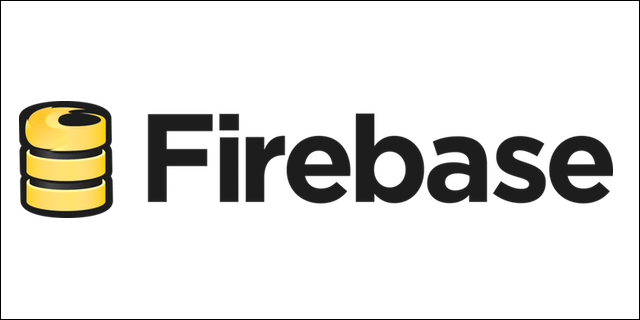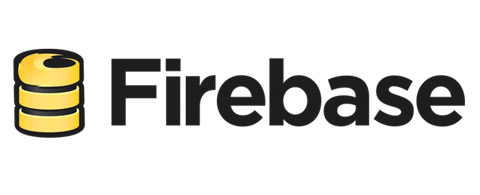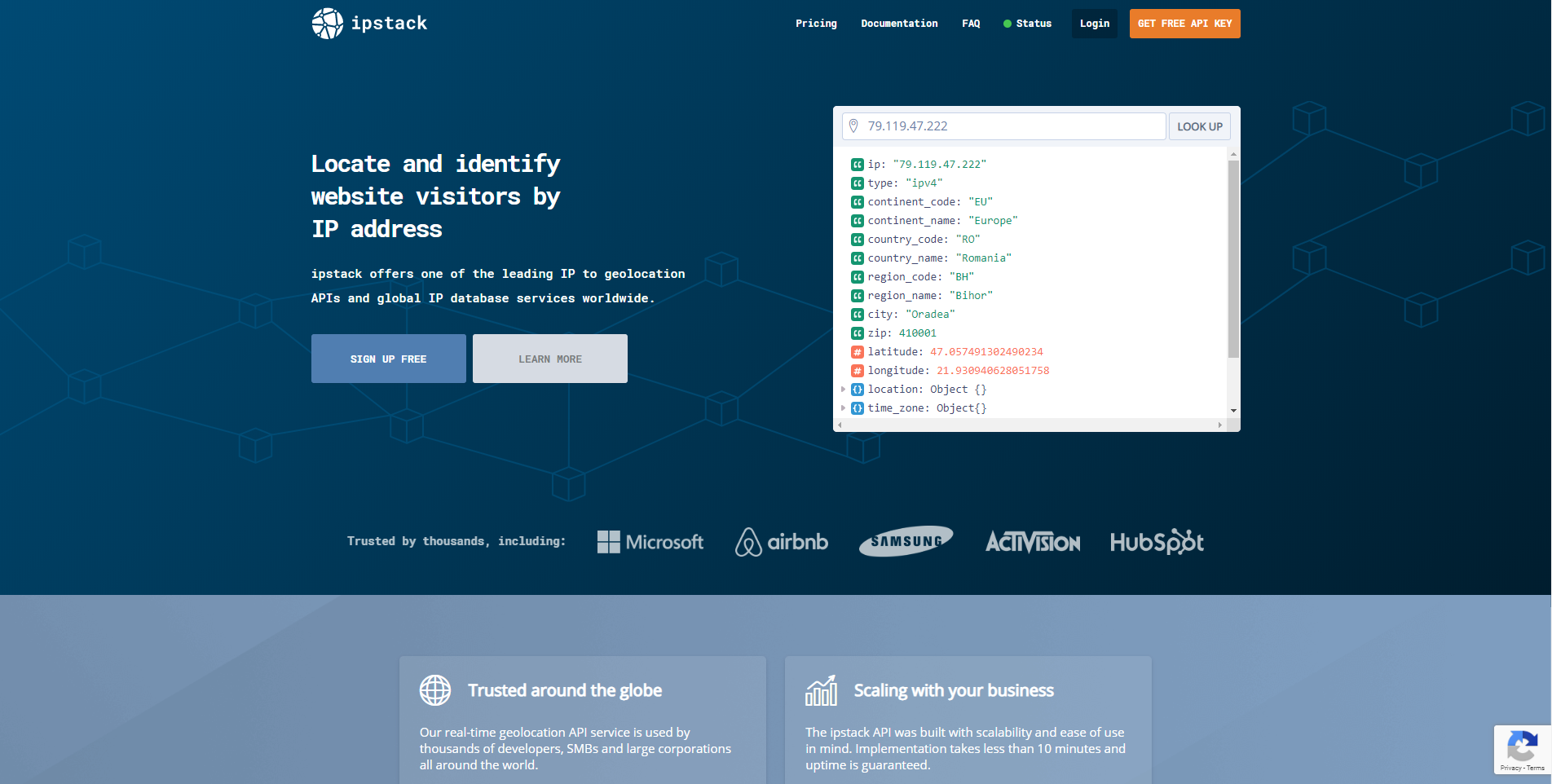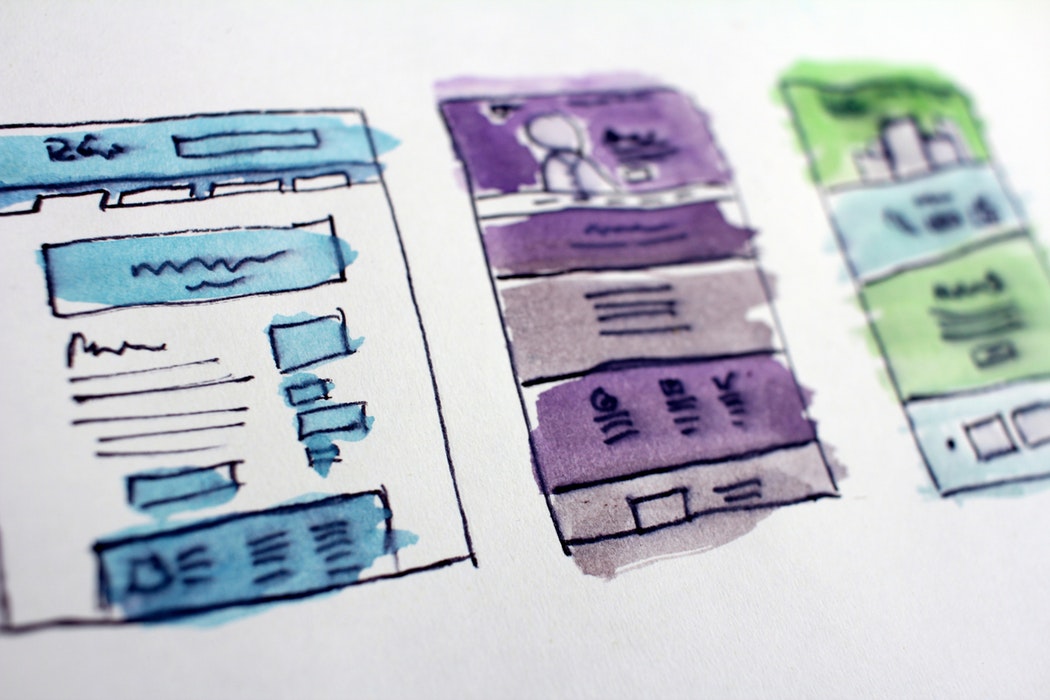In 2014 FireBase was released, giving developers the ability to create realtime web applications without having to configure a backend. If you’re unfamiliar with the FireBase API, it is Backend-As-A-Service(BaaS) and an extremely powerful one at that.
It gives developers the power to handle form submissions, user authentications, and anything in between. Shortly after its release FireBase was purchased by Google, where it has continued to grow under its new owner. As FireBase continues to grow knowledge of the API can definitely prove beneficial. It allows you to create dynamic web applications without a backend and it makes the process of doing so extremely simple.

If you visit firebase.com you can complete a 5 minute tutorial that shows you how to integrate the FireBase noBackend solution into a web application. You should find that extremely easy to replicate this code, and tailor it towards the specific needs of an application you may currently be working on.
Real Time Data Synchronization with FireBase
FireBase prides itself on operating in real-time. Real-time means that any change in data will be reflected across all clients as soon as it happens. As a result of this, you can access data as soon as it’s added to your FireBase database.
Consider an application such as Wunderlist, an extremely user-friendly to-do list application. All Wunderlist essentially does is add and remove as directed, however its interface has drawn a great following of users. Because FireBase operates in real-time you can use it to provide the same functionality for users that Wunderlist does.
Moreover, FireBase ensures that any changes made in the application will be reflected across any clients currently viewing that specific application, as well as your FireBase database. These database’s can be accessed by creating an account at https://firebase.com.

FireBase stores data in JSON objects, allowing users to easily define nested schemas for storing user records. These records, as well as other settings for your database, can viewed by logging into the FireBase’s GUI called the Forge(shown above).
The Forge allows you to easily view and manipulate objects which are stored for free up to 1GB.
You can view more about Firebase’s pricing plans to compare the free account with pro features.
Getting Started with FireBase
If you visit firebase.com you can complete a 5 minute tutorial that shows you how to integrate the FireBase into a web application. You’ll find that this project is extremely easy to replicate, and tailor it towards the specific needs of an application you may currently be working on.
FireBase opens up a ton of doors for web developers. With real-time capabilites, the possiblites are truly endless as you can build highly complex, and reactive applications such as this weather tracker. Another cool example of the FireBase API in action is this real-time bus tracker for the San Francisco bus system.
Supplementary Libraries
Since its initial release, the team at FireBase has worked to integrate the API with several popular JavaScript frameworks. In turn, libraries such as AngularFire, EmberFire, and ReactFire have emerged to play a significant role in the development as FireBase can now be easily integrated into large-scale frameworks.
If utilizing the FireBase API was not easy enough already, these libraries utilize core concepts of these extremely popular frameworks so developers do not have to leave their comfort zone.
Conclusion
Now that you know a little about FireBase I encourage you to go try it out yourself. The development team just recently announced full offline capabilities, which reiterates its sense of diversity and power. But don’t take my word for it, go experience it for yourself!






Leave a Reply